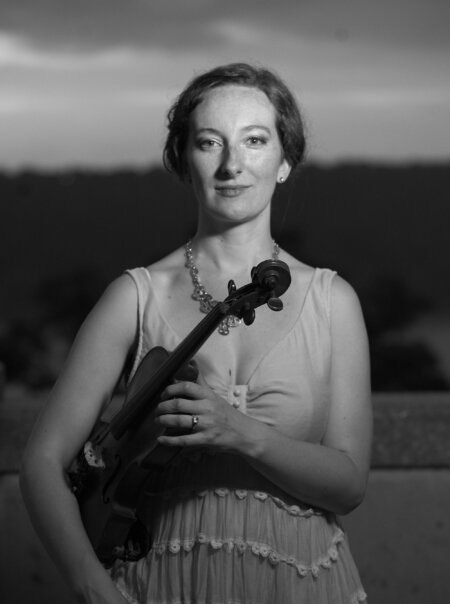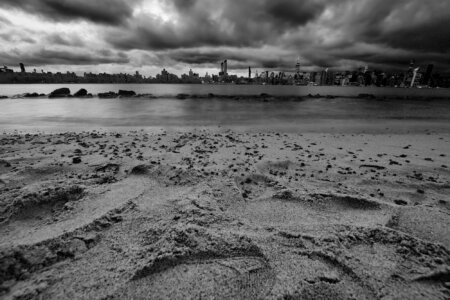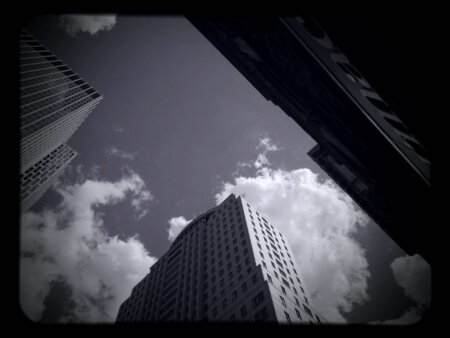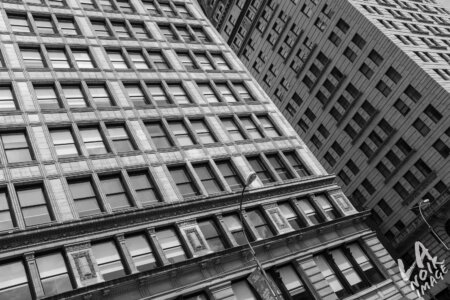This is going to sound a bit odd, I mean how the heck are megapixels and black and white correlated? Does it have to do with details? Well, no; not really. Instead it has to do with the capabilities of your camera sensor and more often than not, lower megapixel cameras aren’t as capable when it comes to editing. Lower megapixel cameras are great when it comes to high ISO output. But with higher megapixels, you often get great dynamic range and colors. Believe it or not, that’s exactly what you want and need here.
An inspiring documentation of the monochrome lifestyle
Tagged editing
How Much Clarity and Sharpness is Too Much Clarity and Sharpness in Black and White Photography? (Premium)
I think we’ve all seen it: photography that follows a simple recipe. It’s in the black and white world and it goes something like this: convert to black and white > raise clarity > raise sharpness > raise contrast > export. Sometimes they’re done well, but more often than not that’s very rare. Most of the time the images look like tacky digital simulations due to people not understanding light and exactly what’s going on. All of this has its roots in the film days.
High Contrast vs Low Contrast Black and White Photo Editing: What’s the Difference?
Take a look at our lead image: would you say that it is a high contrast photo or a low contrast photo? What’s your justification for your answer? The truth is that it’s a medium contrast image that just had the blue and orange channels manipulated. If you were paying attention to our previous tutorial, you’ll understand how color channels can affect a whole lot in the scene that you’re photographing and editing and how white balance compounds on top of that. If you look online, lots of photographers love a specific recipe: black and white > high contrast > clarity raise > export. But the truth is that that doesn’t always work out so well unless it’s done specifically well and lit in a very specific way.
How White Balance Effects Editing a Black and White Photo
Who would’ve ever thought that white balance is something that’s so very important to an image and especially so in black and white? Believe it or not, most people wouldn’t think so. They’re perfectly content with going along with whatever the camera gives them in auto. Even further, many folks never even care to edit their white balance. White balance can surely affect the colors in an image but they’ll really affect the way that the tones in black and white photography works out too. We’re going to show you how white balance can greatly alter your black and white image and the theories behind it.
How to Shoot Better Urban Geometry Street Photography with Your Phone (Premium)
You just need to be in touch with your inner artist.
Mastering the Art of Black and White Urban Geometry Photography (Premium)
Urban Geometry is founded on the ideas of Bresson. But to master it, you need to evolve as a photographer and an artist.
Editing a Black and White Photo in Adobe Lightroom
If you like content like this, please considering backing our Kickstarter. It’s as little as $10/year, but if you give a bit more you can get cool rewards and more. Back in the film days, fixing a photo usually was as simple as involving burning and dodging specific areas. For the most part, that’s still what many photographers do. But it can get more involved with digital photography. Converting an image to black and white brings it back to its simple nature and gives the photographer the ability to really fine tune an image to look just the way that…




